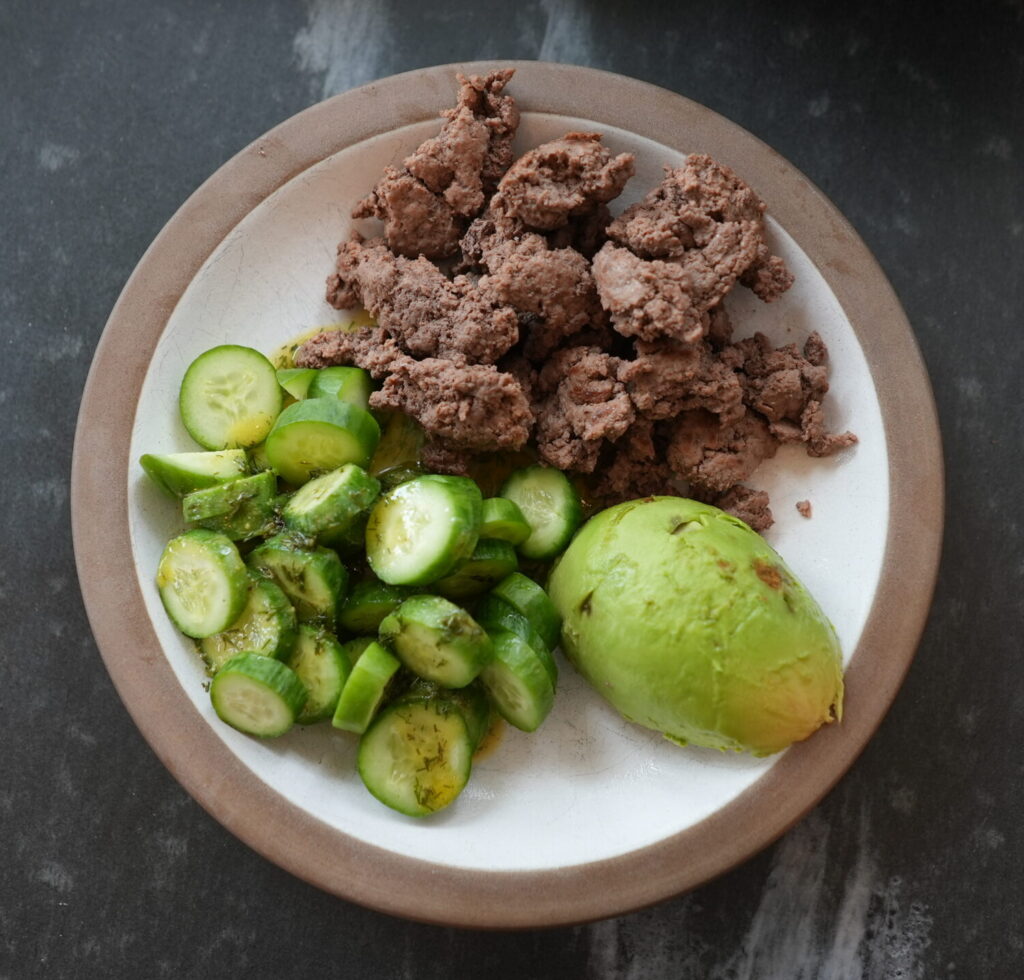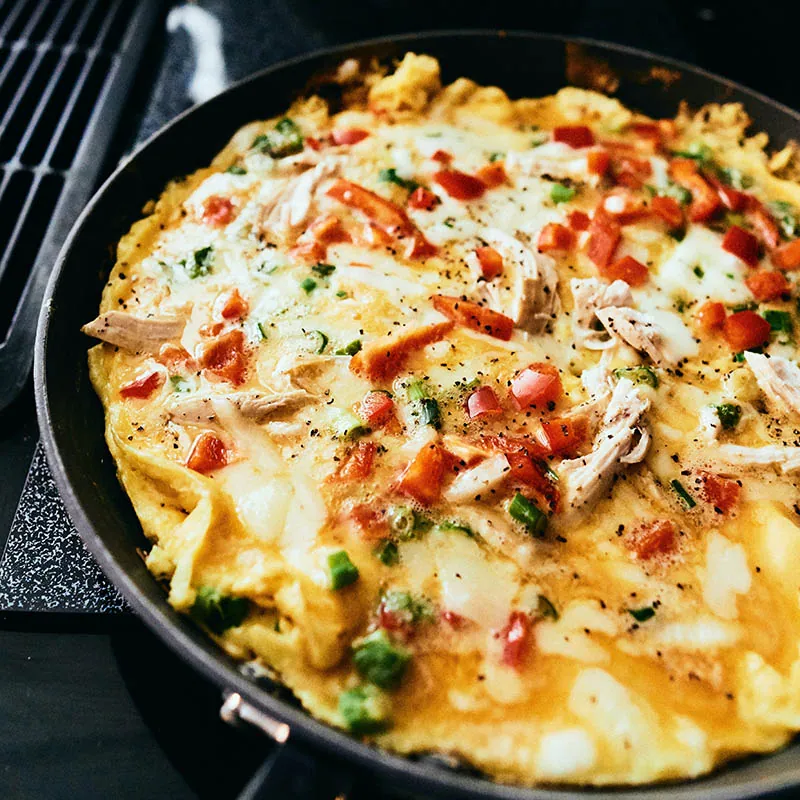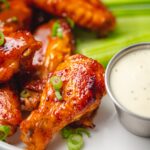Philosophy
We are all biased when it comes to nutrition. I’m no exception. So here’s the agenda I follow for myself, and that I try to steer my clients towards for long-lasting nutrition success.
- Food is fuel for our biology. It is also entertainment, cultural, emotional, social, and psychological. There is no one right way to eat.
- Food is a tool that can provide profound health benefits. Most important? Helping you achieve and maintain a body weight and composition that supports your internal health as well as how you want to look and perform externally.
- The best nutritional strategy is one that allows you to eat the correct QUANTITY of food for this, without imposing such high demands on your life and willpower that make it unsustainable.
- I bias nutritional strategies that support your training to maximize how much muscle your body can support. Muscle is the biggest factor to strength, longevity, and healthy bodyweight maintenance.
Follow my 10-step Nutrition Flowchart to learn how to put your plan together with these ideas.
1. Energy In
Establish how many calories you need to maintain your current body weight. Use the FBB Macro Calculator to get started, and be sure to review the 3 most common mistakes to avoid when calculating.
Gain a basic understanding of where you burn your daily calories:
Resting Metabolic Rate – The single biggest contributor for most people. MUSCLE MASS impacts this more than anything else.
Non-Exercise Activity – This is the second biggest contributor for most people. How many STEPS you get in a day, along with general movement, contribute most to this number.
Exercise Activity – How many calories you burn during exercises is the SMALLEST contributor to total calories each day.
2. Energy Out
3. Choose the Right Training
Has Purpose
Hit a PR
Builds Muscle
Burn at Rest
Reserves Energy
Leave Some in the Tank
 Primarily focused on building muscle and strength.
Primarily focused on building muscle and strength.- Uses the carbs and protein from your diet to reshape your physique.
- Leaves you with enough energy to move throughout your day. Makes it easier to adhere to your nutritional strategies.
 Isn’t focused on building muscle.
Isn’t focused on building muscle.- Depletes your energy and leaves you not wanting to move more during your day.
- Can make it more difficult to adhere to your nutritional strategies. The negative impact it can have on your food cravings may leave you reaching for salty, sweet, high-calorie foods.
Find training that builds strength and muscle – with cardio that won’t wear you down – inside the Persist program.
4. Stack Easy Wins

Protein
This nutrient most directly supports the building of muscle tissue.
How Much? – A simple target is to aim for 1 gram of protein for each pound of body weight you carry. If you weigh 150lb then try to get 150 grams of protein.
How Often? – Eat protein 3-5x per day to maximize your muscle-building potential.
Water
Properly hydrating your muscle cells is essential for muscle gain. Prioritize water so your training doesn’t suffer.
How Much? A simple target is to divide your body weight by 2 and drink that many ounces of water each day. If you weigh 150lb then try to get half that number as ounces of water each day (75 ounces).
How Often? You can likely rely on your thirst to guide you, but having daily triggers that remind you to have a glass of water can be helpful. Something like 12-20 ounces before or after each meal.
How much do you need? Enter your weight and click anywhere to see.
5. Break the Fear of Carbs!
The past couple of decades have left many people fearful of carbohydrates.
Carbohydrates have properties that make them very useful for not only building muscle but also avoiding the breakdown of muscle.
Carbohydrates help support training effort and intensity that can lead to a better muscle-building stimulus.
Carbohydrates don’t make you fat, despite the narrative that has surrounded them for years. Study after study shows conclusively that excess calories from any source are what leads to weight gain.
Carbohydrates can be a great source of fiber, which is an important nutrient that curbs hunger and can help support better weight management.
6. Upgrade Common Foods
Whether you do this intentionally or not, most people stick to a relatively consistent list of foods in their daily diet. Think about it for a second. You probably rotate between the same 2-3 breakfast foods, and 2-3 lunch options, and when you eat at home for dinner, it generally looks the same.
Long-term nutritional success is must more easily attainable when you put through into the foods that live on your commonly consumed list.
These are the foods that often live in your house and you shop for regularly
Some of these foods you have in your house are already well suited to support your long-term nutritional success while some are not.
Build your common food list from highly nutritious, low-density foods.
Look over your foods that you commonly eat and get to know what is in a serving of each food.


- How many calories does it have?
- Does it have high protein or low protein?
- Does it have high fiber or low fiber?
- Does it supply you with a variety of healthy fats, vitamins, minerals, etc?
These are all often the characteristics of unadulterated, unprocessed, whole foods that you buy on the perimeter of the grocery store:
Fruits, Veggies, Dairy, Eggs, Meat, Whole Grains
For each of the following categories, find 5-6 foods you like that ideally don’t demand a lot of preparation time in order to consume, thereby making them convenient, nutritious, and lower calorie.
Foods that deliver a lot of protein without a lot of added calories from fat or carbs. Such as:
- lean turkey or ground beef
- some types of fish
- low-fat cottage cheese or greek yogurt
- chicken breast
- egg whites
- protein powder
- tofu or seitan
Veggies that offer a lot of food volume without a lot of calories an are easy to get any time of year. Seasonal veggies are also great as they are often less expensive and taste the best. And pre-cut veggies are great if you’re short on time.
Fruits that come in a variety of colors and are easy to get any time of year. Seasonal fruits are also great as they are often less expensive and taste the best. I buy frozen berries often to save money too.
This category includes rice, bread, pasta, potatoes, and more. Select ones that you enjoy and also feel like you can successfully control how much you eat. Stay away from carbs that you have a hard time controlling portions with. There will be a place for these, just not on your everyday common food list.
Try to get a mixture of plant and animal-based sources for a variety of health fats. Fats are calorically dense and generally will serve as a small portion of your meals. Examples include Avocado, Butter, Olive Oil, and Almonds.
Free Fridge & Pantry Guide
7. Make Simple 5 Ingredient Meals
Choose a simple protein like chicken breast, lean turkey or ground beef, etc. If you cook it in oil, that counts as a fat for this meal. Use simple seasonings like salt, pepper, and spices, or serve with hot sauce or mustard for flavor.
Veggies usually include fiber, which helps you feel full longer and helps your digestion. Plus micronutrients and vitamins for energy and well-being. If you cook veggies in oil, that counts towards your fats.
Fruits also contain fiber, vitamins, and minerals. And fruit is low-calorie, unlike many processed alternatives.
Don't fear the carb! But a 5 ingredient meal means simple carbs like rice, potatoes, oats, etc. Is there one word on the ingredient label, or no label at all? (Such as potatoes.) You're good to go.
If your protein is a fattier cut of meat, you won't need to add extra here. If you're eating lean chicken breast cooked without oil, you could add some avocado, for example.
8. Eat Well Around Training

The food you consume 1-3 hours before you train will be largely responsible for fueling your workouts. This food can give your workouts a significant boost and lead to more effective workouts and over time result in better muscle and strength gains.
During
The food and liquids you consume during your workouts can also impact the quality of your training session, especially toward the end of the workout.
The food you consume 1-2 hours after your workout will be largely responsible for how quickly you recover from training. This food can support your muscles and also your energy levels in the hours that follow your workouts.
9. Make Room for Fun Foods





Food is not just to support our biology. Food is fun, social, cultural, and for entertainment. Therefore, it is essential that we continue to make room for foods we love that might not necessarily be ideal day to day foods for health.
Learning how to eat indulgent foods in the context of a long term nutritional approach to health and wellness requires that you work on developing competency in a few key areas:
- Low-Calorie Versions of Fun Foods – like Ninja Creami Low Calorie High Protein Ice Cream
- Flexible Dieting – how can you make your favorite foods fit inside your prescribed calorie and macro targets regularly?
- Dining Out – how can I eat out at restaurants and enjoy myself without deviating too far from my long-term nutritional strategies?
- Enjoying Alcohol Responsibly – build a better understanding of what alcohol does to your body, how to enjoy it with minimal downside risk, and what drinks to select so you don’t deviate too far from your long-term nutritional approach.
- Navigate Holidays and Food – The holidays are a wonderful time in many ways but they can also introduce nutritional challenges. Check out our Holiday Survival Guide for strategies that you can come back to year after year,
10. Averages Matter Most
Nutrition is a long game.
Daily Targets vs Weekly Averages – Many diets and nutrition coaches set daily targets. Eat ______ calories every day. Get _______ grams of this macro every day. It is important that we start to look at these daily targets as averages that we are aiming to hit over longer periods of time.
One day when you overeat by 1000 calories can appear to be a massive failure. However, if you have one day like this every month, the result is a daily average increase of only 33 calories per day. Over eating by 33 calories every day WILL NOT impact your success in the long run.
Perceiving these as “daily failures” can lead people to sabotage themselves with repeated daily failures. This is what keeps people stuck.
Embrace the Long Game and don’t stress over the Short Game.
A mental reframe is important for everyone. You can only fail if you QUIT.
One day doesn’t determine your success. Play the long game and focus on averages over time.
